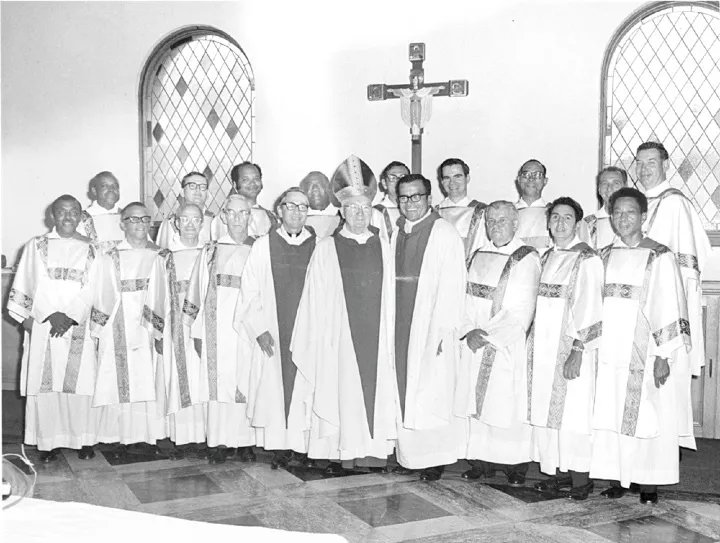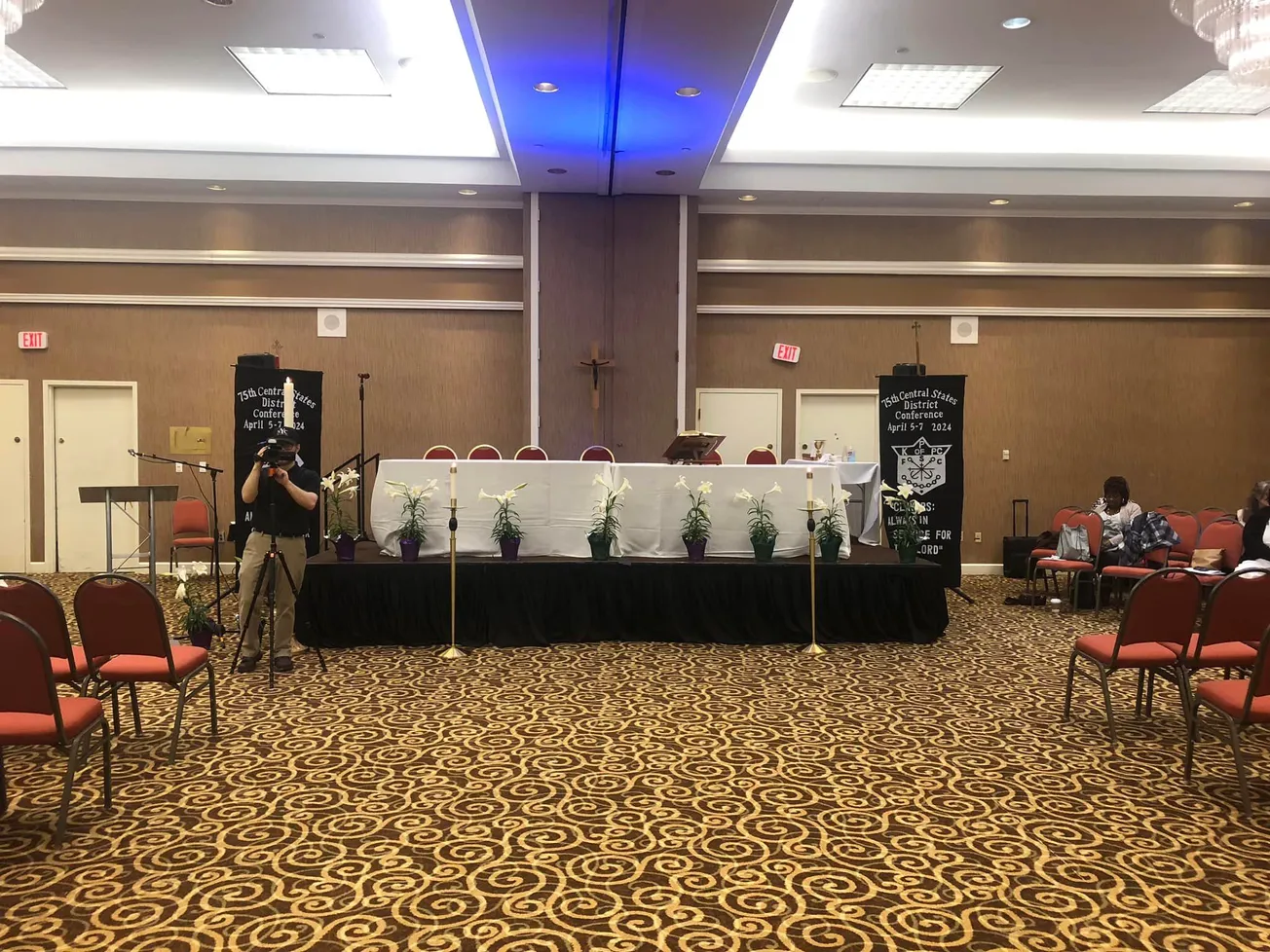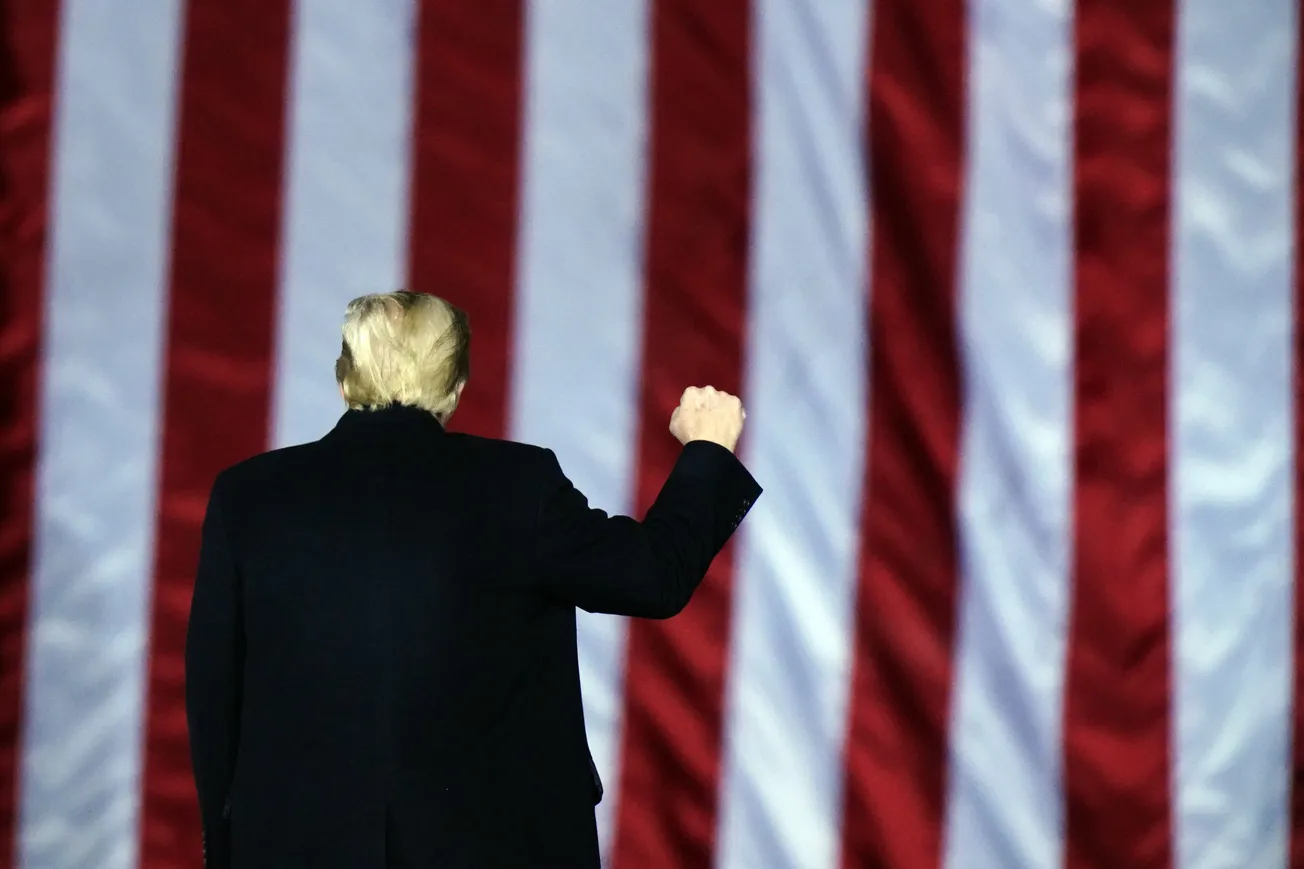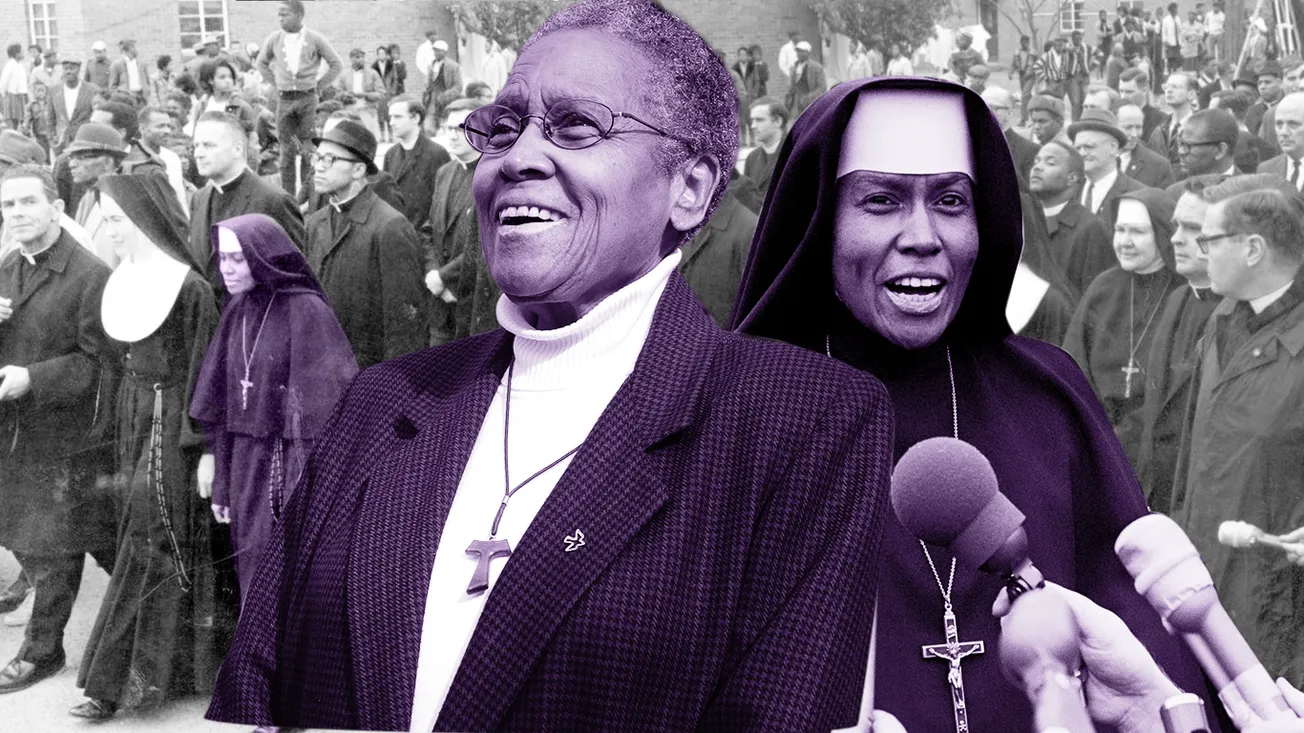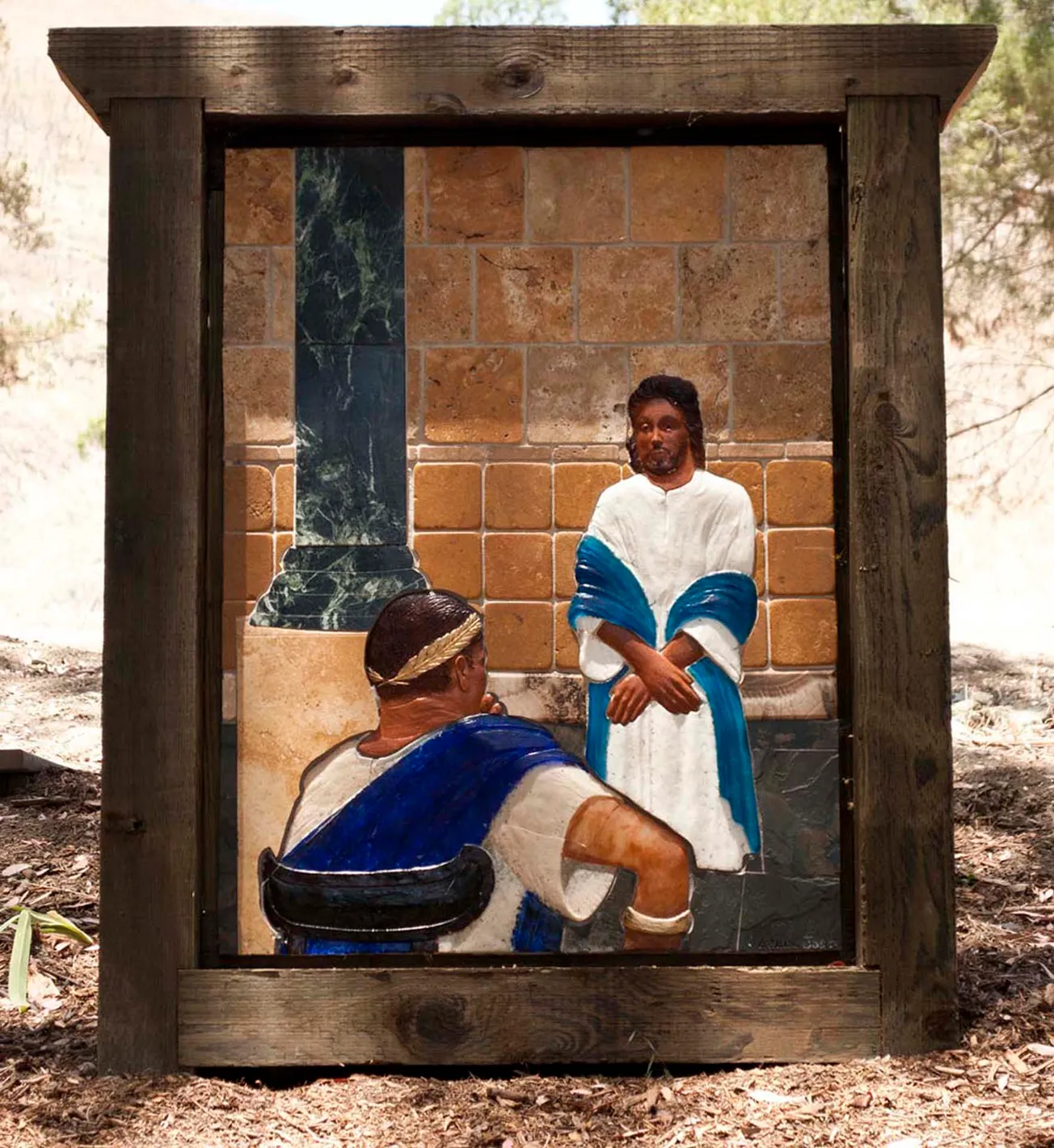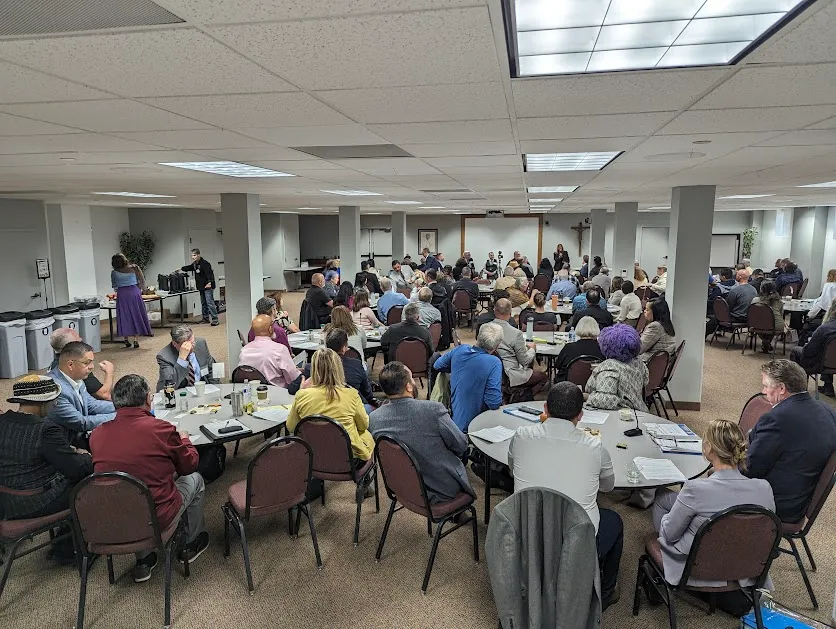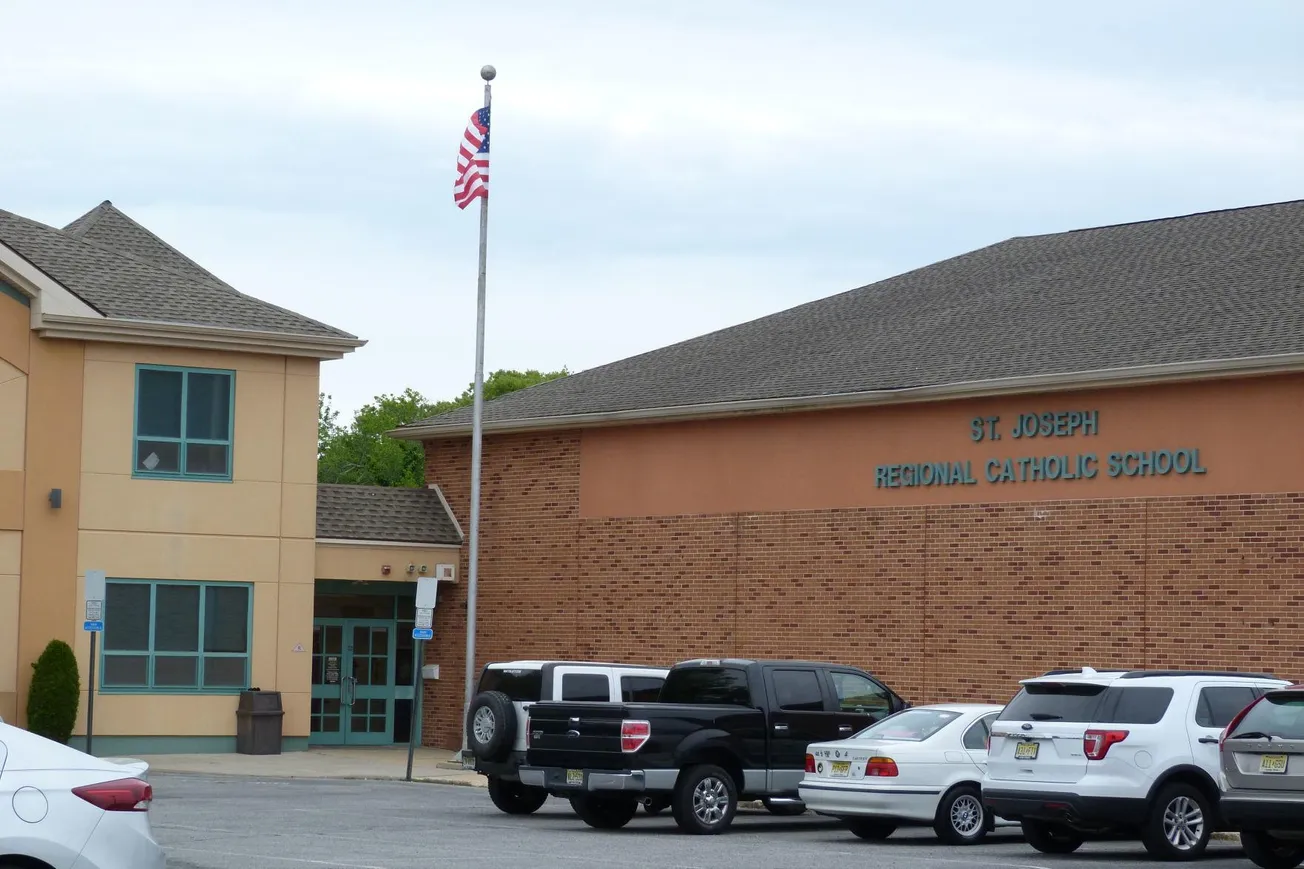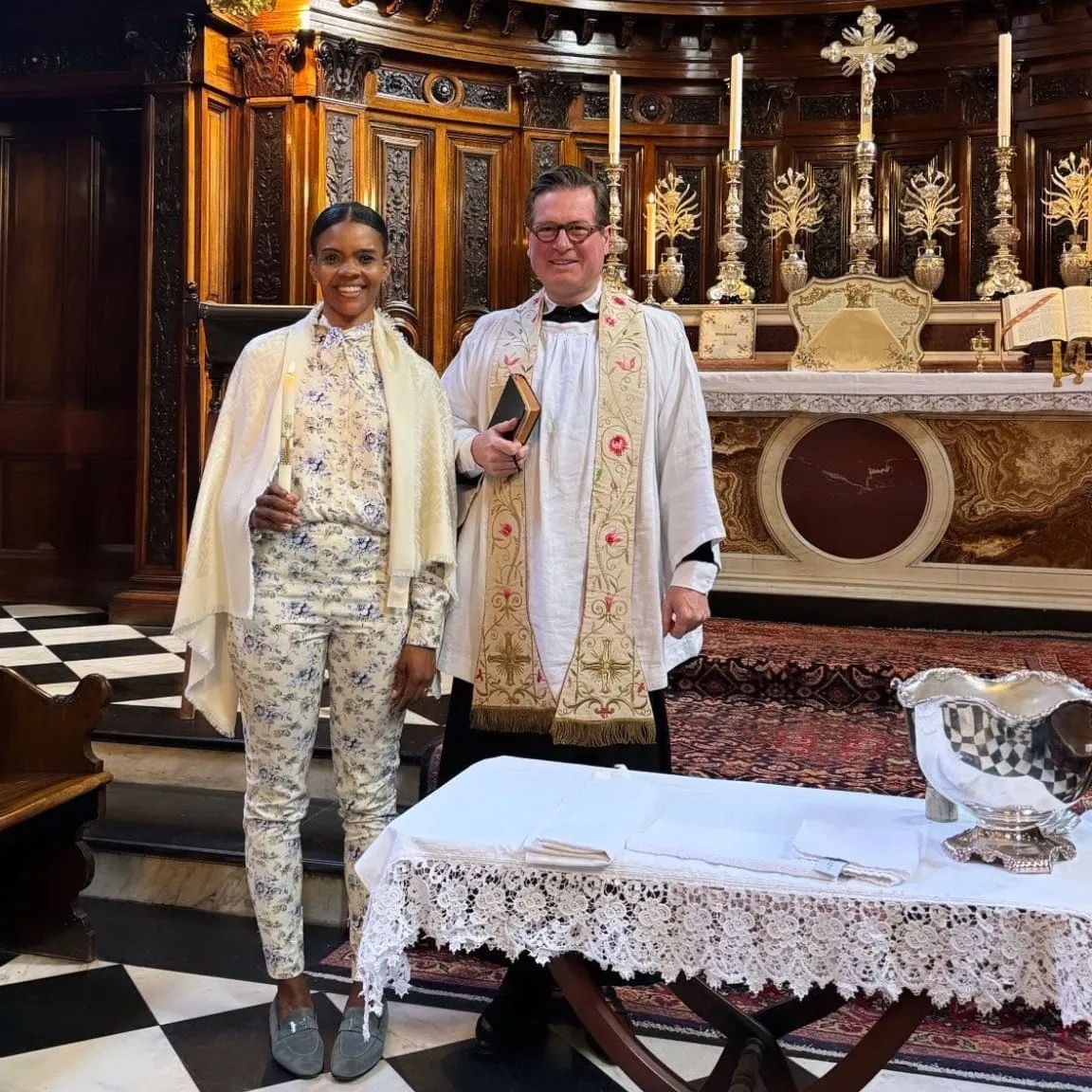Black Catholic young adults from across the nation recently convened and developed a strategic plan to invite their fallen-away contemporaries and others back into the Church they love. Among the most significant goals in their plan is more vocations from the African-American community. The Josephites, founded in 1893 to serve African Americans, developed a program that I think is unrivaled in the Church of the United States for attracting men to such ministry.
It was not a long time ago in a galaxy far, far away, but immediately after Vatican II that the Josephites took bold, radical action in petitioning the National Conference of Catholic Bishops (now the USCCB) to start a permanent diaconate formation program. The request was granted on August 30, 1968. In its June 25, 1970, edition, “The Anchor,” the newspaper for the Diocese of Fall River included an article, “26 Men Halfway to Deacon Goal,” covering about 26 men in formation for ordination as permanent deacons. Here are some data about that first-in-the-country class:
- 26 men: 17 from Washington; seven from Baltimore; and two from Richmond
- 24 men completed the program: 16 from Washington, six from Baltimore; and two from Richmond
- Eight African Americans from the class were ordained in 1971 (a full 33%): seven from Washington and one from Baltimore; Black men being a third of an ordination class was unprecedented then (and would still be surprising today).
Who did it? The Josephites, for the most part. More specifically, these men are of special note:
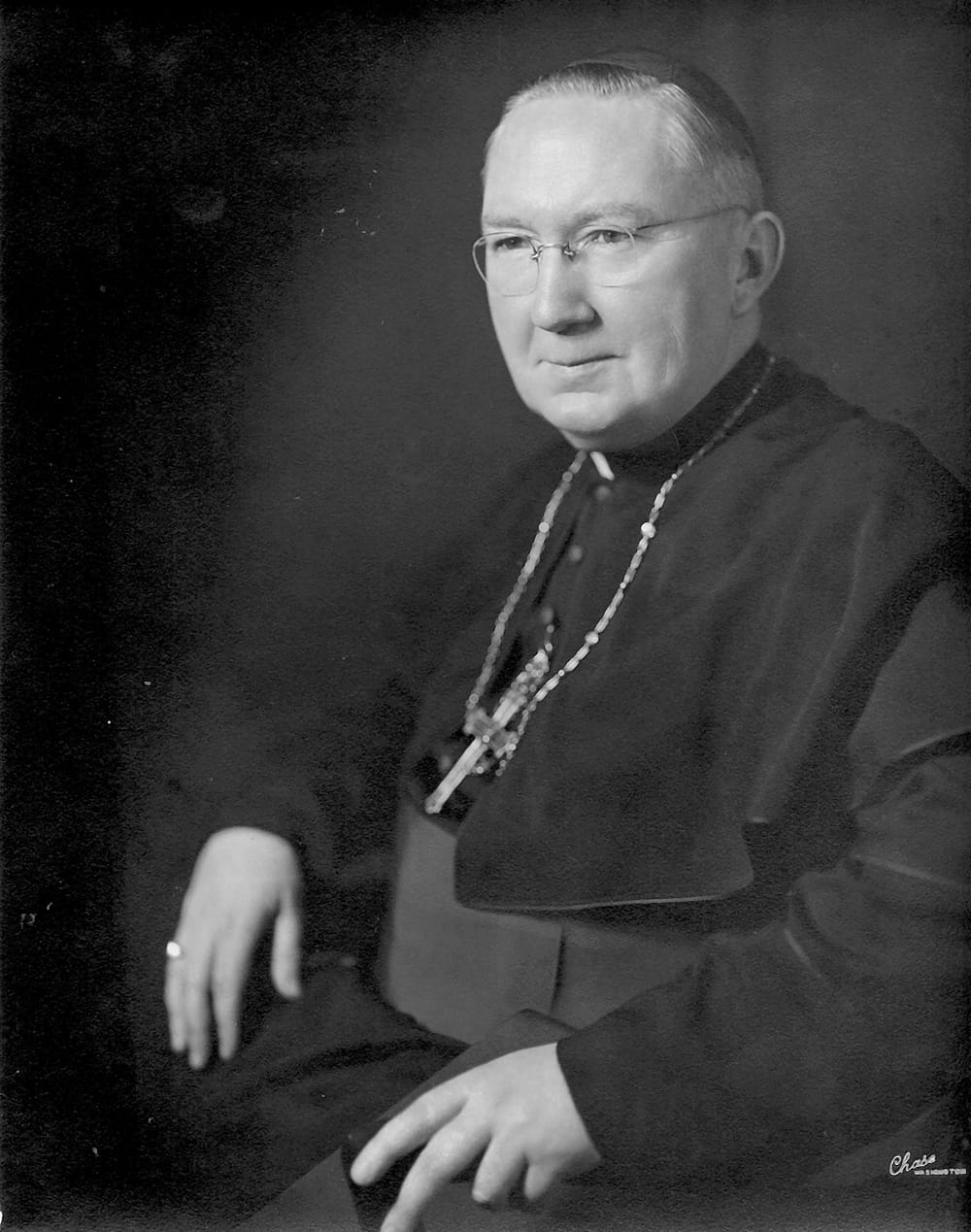
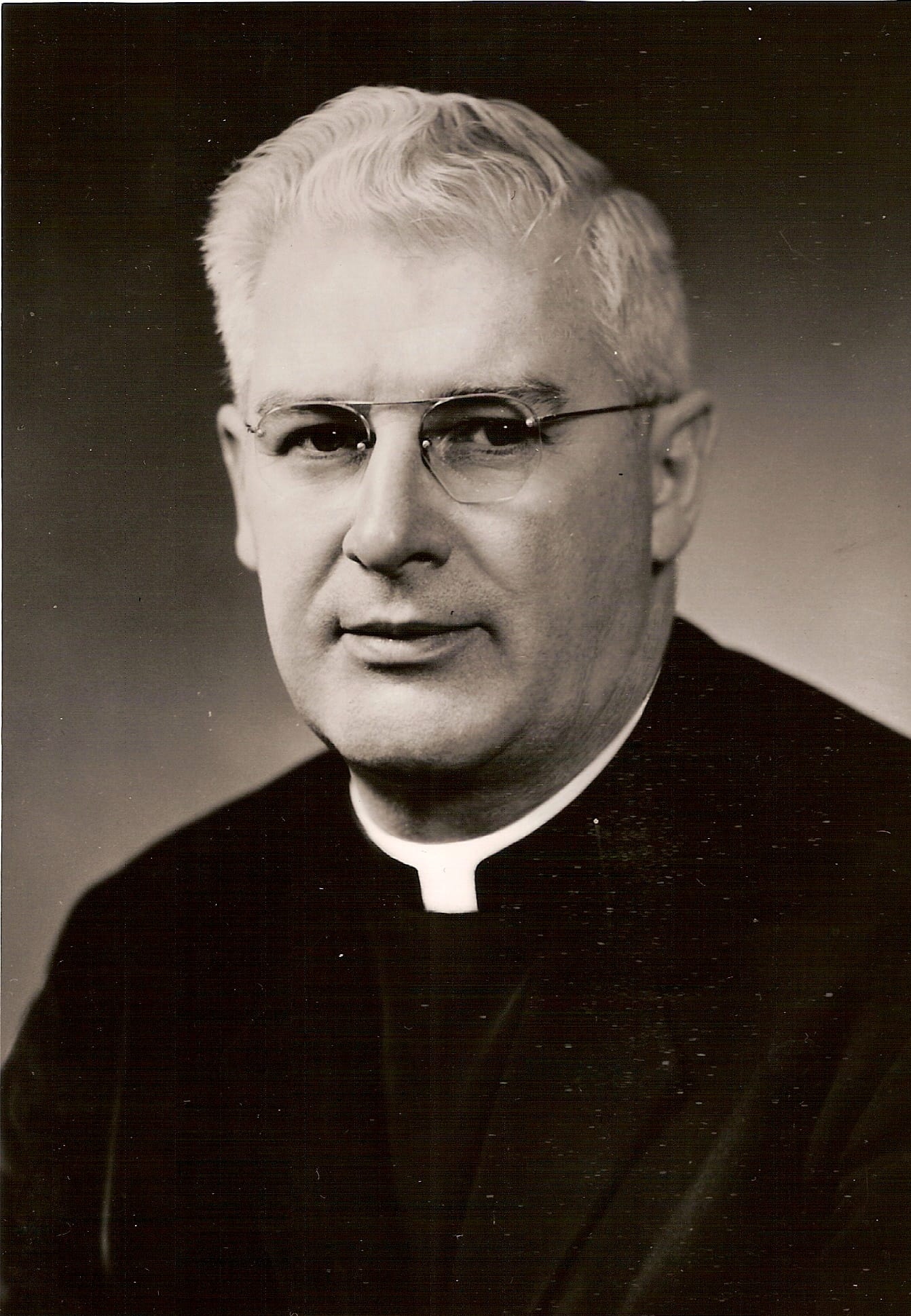
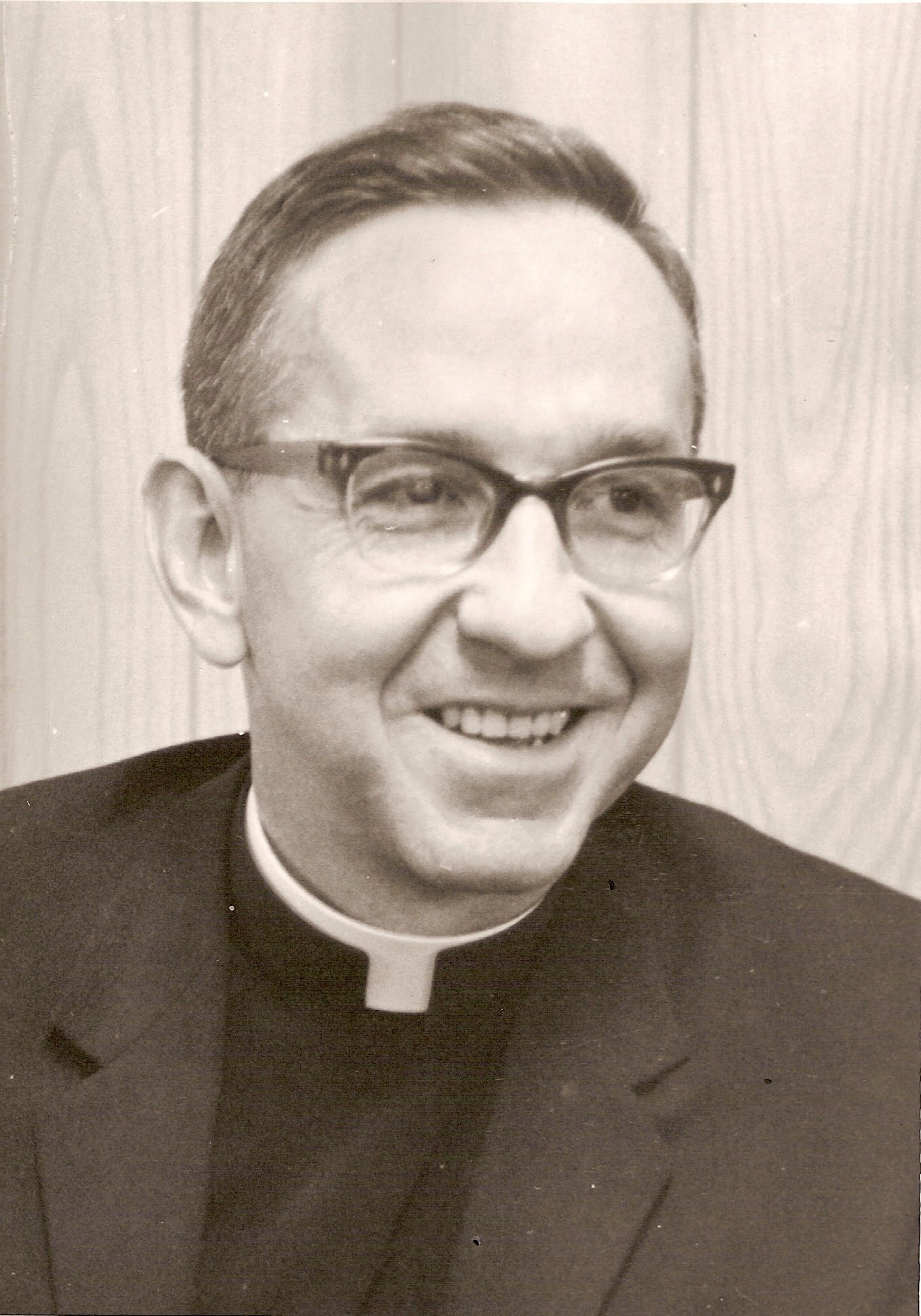

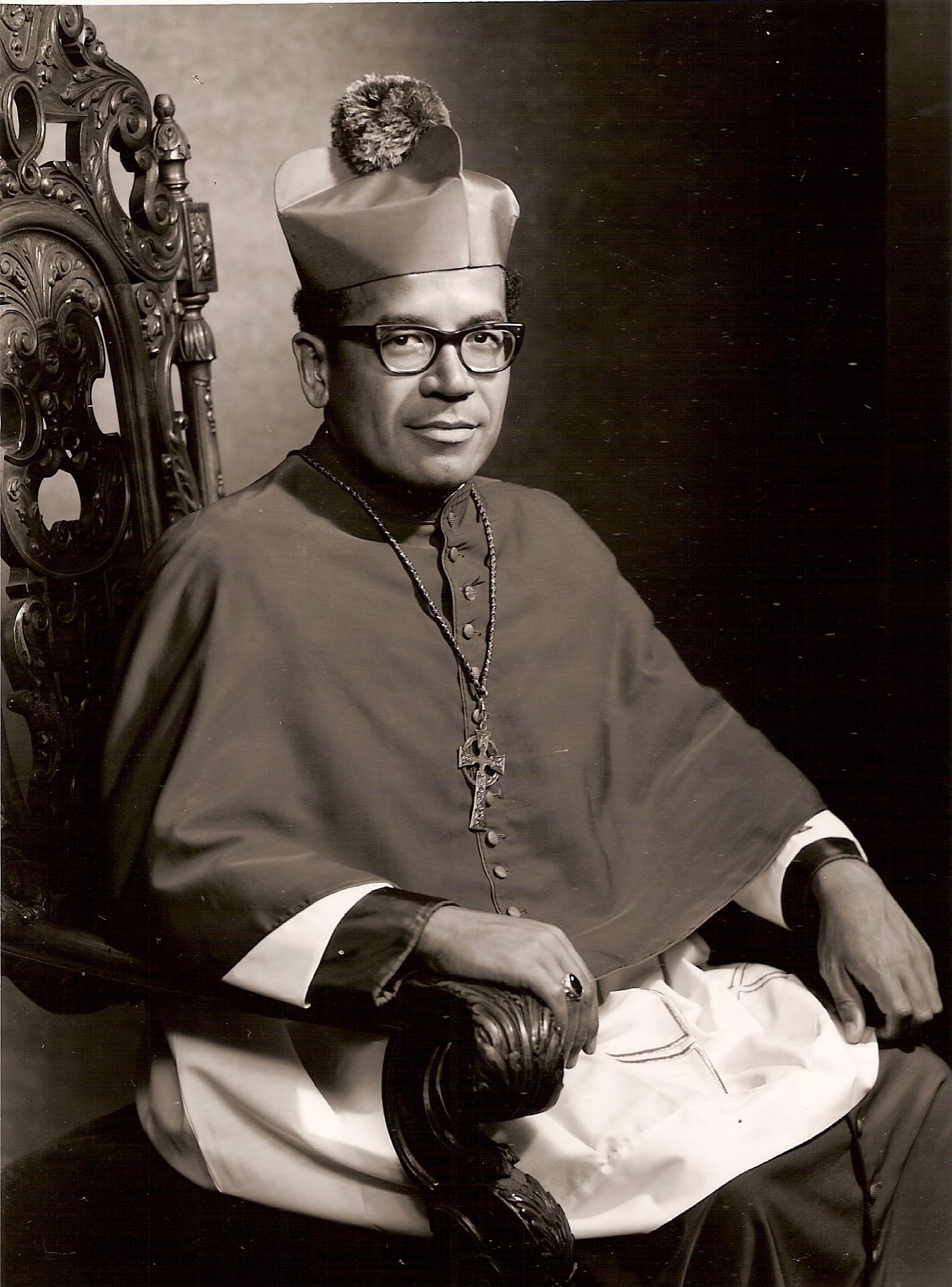
From left to right, we have:
- Cardinal Patrick O’Boyle of Washington, who was fully open to having the formation program in his Archdiocese. This is consistent with his 1948 decision to immediately integrate Catholic parishes and schools across the Archdiocese.
- Fr George O’Dea, SSJ, who submitted the successful petition to start the Permanent Diaconate Formation Program that was approved in 1968 and implemented in 1969. Such a monumental change was approved with lightning speed in the local Church.
- Fr Paul Downey, SSJ, who was the Rector at St. Joseph’s Seminary. Think of the racial tension in the country in 1968 and the challenge of receiving men from the former capital of the Confederacy into a program with African Americans.
- Fr Robert “Rocky” Kearns, SSJ, the director of formation, who was key in developing the program, describing it as “national” because it supported formation in other dioceses beyond Washington. He also served as president of the National Association of Permanent Deacon Directors.
- Fr Eugene Marino, SSJ, who was the spiritual director for the Class of 1971. He was subsequently elevated to the episcopate and directed the USCCB’s Committee on Formation of Permanent Deacons.
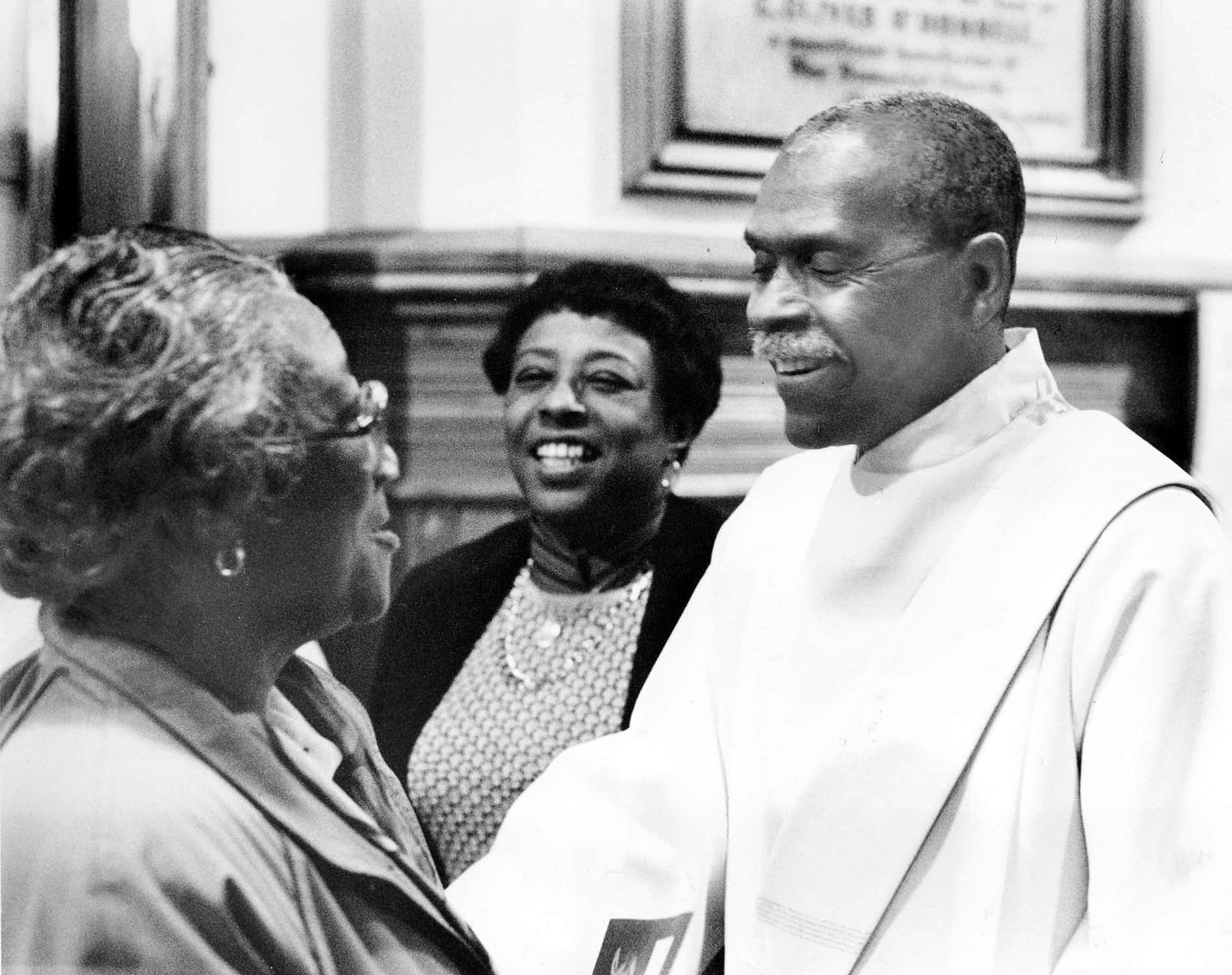
Dcn Americus Roy, the world's first African-American permanent deacon, who was ordained with 5 other men for the Archdiocese of Baltimore.
What did the Josephites do? Priests, seminarians, and brothers were actively engaged in parishes and the surrounding neighborhoods. They engaged men and in conversations about ministry. Once the program was established, men from the program traveled around the country to share their insights and foster vocations, according to Bernadine Conrad. Her husband, Dcn Joseph Conrad, was among the men who went out to African-American communities and beyond. They were men from the neighborhood. Dcn Earl Coleman lived around the corner from my family. I went to school with Dcn Hiram Haywood’s daughters. Conrad sang in the parish choir with my older siblings.
Vocations beget vocations. Riding with his father to visit the sick, Dcn Joe Curtis Jr. followed his dad, who was from the inaugural class of 1971, into diaconal ministry. The late Dcn George Begg Jr., a White American from that historic first group, has a son, Fr Christopher Begg, who teaches at Catholic University and taught in the Permanent Deacon Formation Program. Bishop Barry Knestout of Richmond and Fr Mark Knestout are the sons of the late Dcn Thomas Knestout, Class of 1975, who followed Fr Kearns as formation director for the diaconate program. Msgr John Enzler, who led several parishes in D.C. and Catholic Charities of the Archdiocese of Washington, is the son of the late Dcn Clarence Enzler, Class of 1972. Fr Patrick Smith, pastor of St. Augustine Catholic Church—the mother church of Black Catholics in D.C.—is the son of Dcn Anthony Smith, Class of 1991.
In writing about the history of the permanent diaconate, the late Fr Frank Hull, SSJ wrote that there were seven African Americans among the 16 men in the Class of 1971—Dcns Coleman, Conrad, Curtis Sr., Haywood, John Hill, Bernard Johnson, and James Quander—who came from Josephite parishes. They are the first, but not the only men from African-American communities to engage in ministry because of their close association with the Josephites.
Just as the Black Catholic young adults are convening with their contemporaries, perhaps we might join them to learn how the Josephites could recruit a diaconate class in which a full third of those ordained were African Americans. They recruited in and beyond their parish neighborhoods in a national program to attract men to ordained ministry. Perhaps we should remember the advice of a pastor I know who leads the congregation at a former Josephite parish: Let’s remember to re-member our parishes by finding vocations. The solution for the future of our Church lies in understanding the history that has brought us thus far on our way.
Deacon Timothy E. Tilghman is a permanent deacon of the Archdiocese of Washington, currently assigned to St. Teresa of Avila Catholic Church. He has two master’s degrees, one in public policy and the other in theology. He is the author of “Going to the Well to Build Community: A Pastor’s Guide to Evangelization.”


